I'd like to build a simple AM radio (so simple it will only receive a single AM channel).
What is the simplest way to build a single channel AM radio that will output to an 8ohm speaker? (e.g. 1030 AM)
My current thinking is along the following somewhat vague lines, but I'm hoping to make them more concrete.
- use a piece of wire as an antenna
- create an LC circuit to tune input from antenna to the desired frequency
- amplify the signal
- connect amplified signal to speaker
Aside from the antenna, I would prefer to use "discrete" off the shelf components such as capacitors and inductors of particular values that I could plug into my breadboard.
